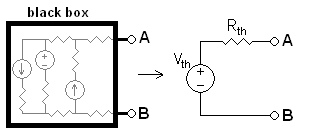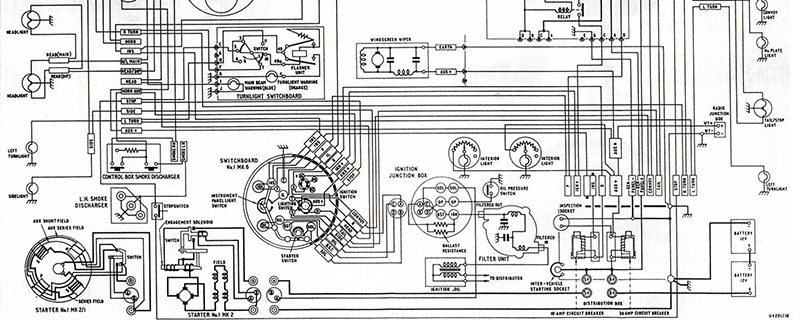In the solar PV industry, nothing interests us PV professionals – project investors, engineers, consultants, manufacturers and installers – more than leaching maximum power from a solar module for maximum yield, maximum performance, maximum non-fossil clean energy power.
But, we need to be aware of some essential physical laws and theorems and understand how to use these tools of natural science to max out a system.
After having previously discussed about heavenly impact factors in form of incident power density and Ohm’s law, we will in this article look at Mr. Thevenin and his colleague Mr. Helmholtz.
Mr. Thevenin and Mr. Helmholtz

Léon Charles Thévenin
Given the physical measurements of a person, can you draw the person on paper? Many people can. A tailor can stitch your clothes on the basis of your measurements. Some can even make 3-D statues of people without ever having met the person.
Statistics are among the data used to make the statues of VIPs in the Wax Museum. The electrical engineers are not much different. They like to make a circuit model of everything we deal with. And so did Hermann von Helmholtz and in 1853, and Léon Charles Thévenin in 1883.
They independently derived what is today known to all electrical engineers as Thevenin’s theorem. It is surprising but true that Thevenin was born four years after Helmholtz published his work on this subject. Yet the theorem is popularly known as Thevenin’s theorem.
We are not going to spend our energies trying to decide on credit. We can make the souls of these two outstanding scientists happier by utilizing what they wanted us to utilize — the theorem.
What is Thevenin’s theorem?
Thevenin’s theorem is a very useful tool for circuit analysis.
The theorem itself and its derivation are both nothing other than common sense – and indeed all good engineering is common sense riding mathematics.
In very simple words: any (complex) circuit can be replaced with a series combination of a voltage source Vs and a resistance Rs, provided:
- We choose: Vs = Voc of the circuit
- Ensure Isc of the combination is equal to Isc of the complex circuit: Vs/ Rs = Isc
- And the circuit is composed of linear elements, meaning: those which do not vary
- Since Vs has already been chosen equal to Voc, Vs/ Rs = Isc = Voc / Rth, leading to Rs= Rth
The second condition boils down to choosing Rs= Rth of the circuit to be replaced.

Now, this is very simple: under given conditions if a solar module gives Voc=18V, and Isc= 18A, the source, or Thevenin resistance of the panel under those conditions is 18V/ 18A = 1Ω. The module can be represented as a source of 18V in series with a resistance of 1Ω.
Do whatever analysis you need to do!
Now, after having dug into the basics of Ohm’s law, incident power density and now Thevenin’s theorem, you know how people can leach maximum power from the miserly solar modules.





